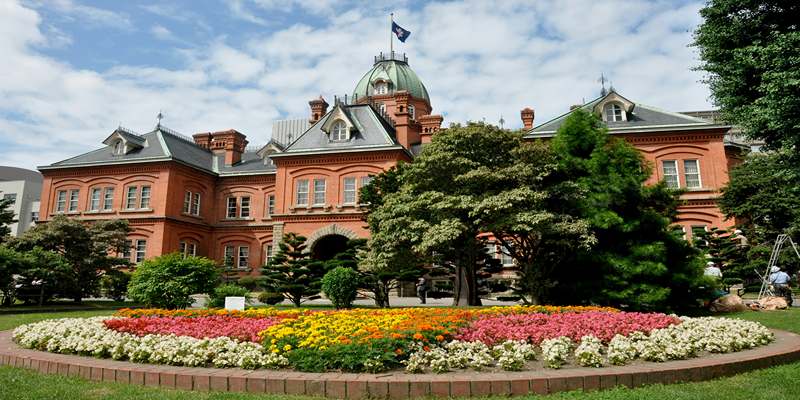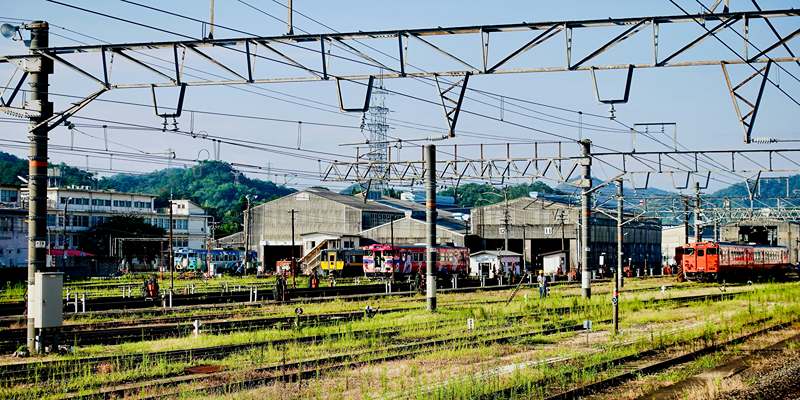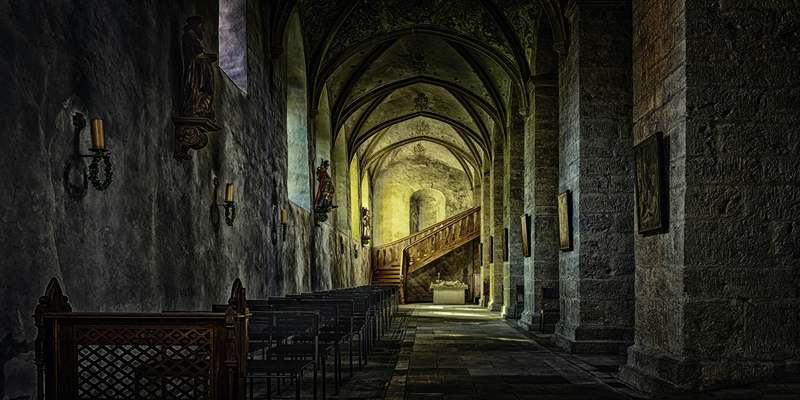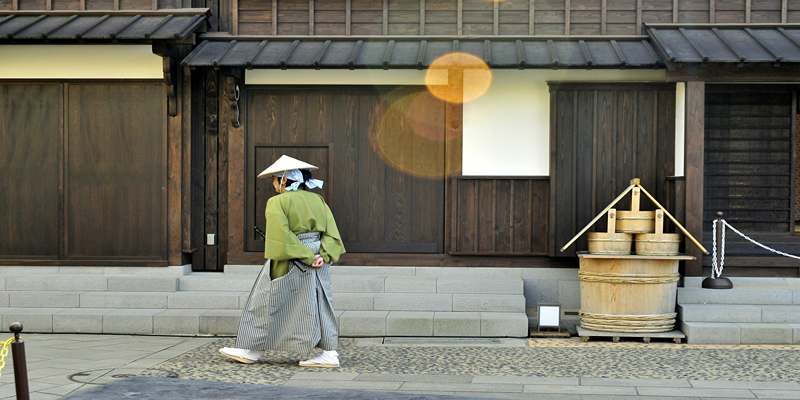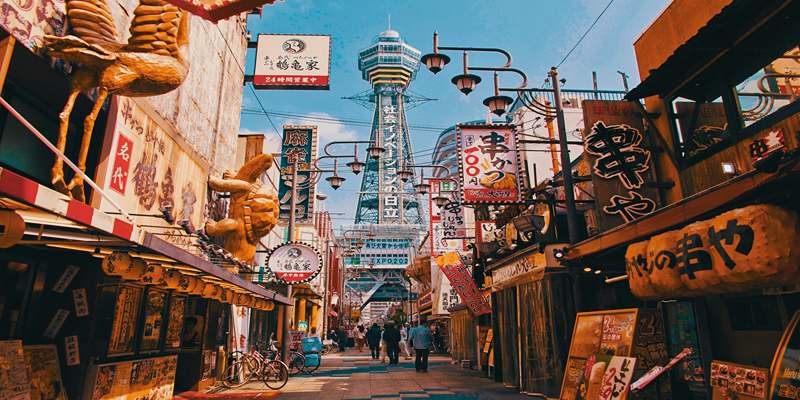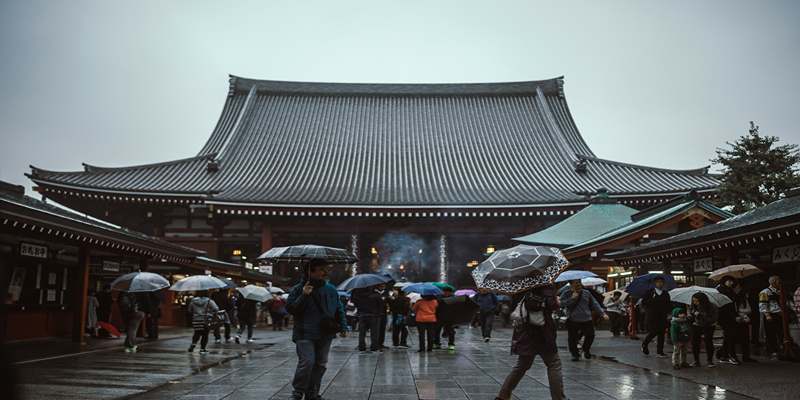Located in the middle of Jordan, Guimaras, the Trappist Monastery is the perfect place for people who want to be away from the noise and clamor of the world. This monastery was established by the Cistercian monks; it is the sole Trappist monastery in the Philippines, and tourists as well as pilgrims visit this place. The setting of the monastery is suitable for prayer, meditation and offer of prayers and therefore, it is good to have a Guimaras religious immovable. Whether for religious purposes of being in touch with the divine or just for a break from the busy world, a visit to the Trappist Monastery is always fascinating. It provides information on the history, activities, main attractions, and travel information of this place to enable the reader to plan his/her trip.
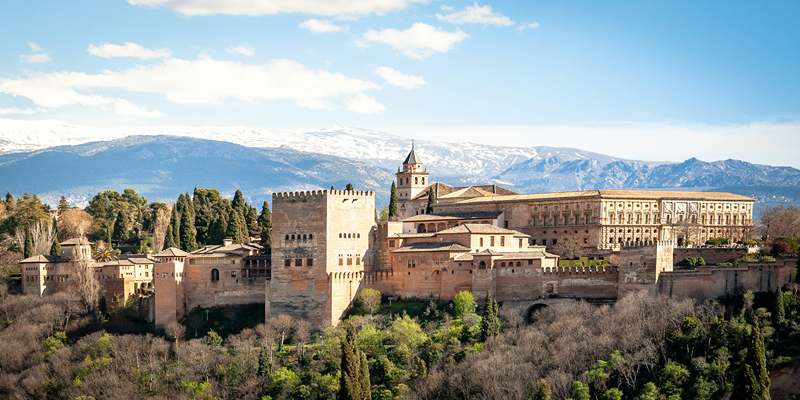
History and Significance of Trappist Monastery
The Origins of the Monastery
The Trappist Monastery in Jordan, Guimaras, was founded in the year 1972 by the Cistercian Order of the Strict Observance. Their role was to establish a space for repose and contemplation in which monks would have to dedicate their time to prayers in addition to hard work. The monastery belongs to the Benedictine order that has rather strict rules based on the views of St. Benedict. It has since developed a religious complex and is among the famous pilgrimage spots in the Philippines that is frequented by people of all classes. The lack of noise and historical importance of the place make it a rather relevant spot for individuals visiting the island.
The Role of the Monks
The Trappist monks devote much of their time to prayers and manual labor, which they express in their motto “Ora et Labora, ” which in Latin means “pray and work. As for their daily activities, they are employed in prayers, manual work, and making products that are sold in the gift shop within the monastery. The simplicity of their living is so encouraging to visitors and acts as a wake-up call to search for inner peace. In a very caring and nurturing way, they are able to lead people towards a more spiritual way of life. A good example of this is the discipline, commitment, and hard work they exhibit in their daily way of living as they serve God.
Why the Monastery Matters to Visitors
For most of the tourists, the Trappist Monastery is not only a historical site but also a place of tranquility. This is because the environment of the monastery makes the visitors realize that they need to relax from their busy schedules and get back to their spiritual selves. The place is calm, peaceful, and serene, and therefore this makes it popular even to those who are not believers because it offers some quiet time to refresh and rest the mind. It may be when they are attending a retreat, when they are praying alone, or when they are going for a walk; people always feel rejuvenated whenever they are in the monastery. It is not only religious, but it is relevant to everyone, as it helps to free the mind and become calm and self-reflective.
Experiencing a Guimaras Religious Retreat
The Purpose of the Retreat
A Guimaras religious retreat at the Trappist Monastery is designed for individuals seeking peace, prayer, and spiritual growth. Unlike typical vacations, a retreat here encourages silence, meditation, and detachment from worldly distractions. Many visitors come to deepen their faith, heal emotionally, or find clarity in life’s challenges. The structured retreat programs provide guidance on self-reflection, allowing participants to reconnect with themselves and their spiritual beliefs. Spending time in this sacred space fosters a sense of renewal, making it a meaningful experience for those searching for inner peace.
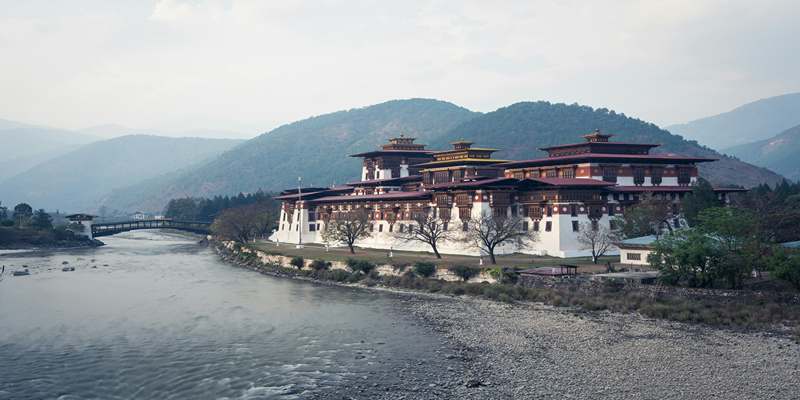
Daily Activities in the Monastery
During a retreat, guests follow a simple yet structured schedule that includes prayer sessions, meditation, and personal reflection time. The day often begins with morning prayers, followed by time for reading, journaling, or silent contemplation. Many visitors join the monks in their daily liturgical prayers, which provide a unique insight into monastic life. Silence is encouraged throughout the retreat to help visitors focus on their spiritual journey. Some also participate in manual work, such as gardening or assisting in monastery activities, as part of their spiritual practice.
Benefits of Spiritual Reflection
Engaging in spiritual reflection at the Trappist Monastery allows visitors to detach from stress and focus on inner peace. The quiet surroundings, combined with the monastery’s serene ambiance, help individuals clear their minds and reset their perspectives. Retreats like these encourage self-awareness, emotional healing, and a deeper connection with faith. Many visitors leave feeling rejuvenated, carrying a renewed sense of purpose in their lives. Whether for religious reasons or personal growth, a visit to this monastery is a transformative experience that nurtures both the mind and spirit.
Exploring the Trappist Monastery Grounds
The Church and Prayer Halls
The Trappist Monastery features a beautifully designed church where visitors can attend mass or spend quiet moments in prayer. The church’s simple yet elegant interior reflects the monastery’s commitment to humility and devotion. Visitors are welcome to join prayer sessions, light candles, or meditate in the peaceful halls. The prayer areas are designed to encourage silence and reflection, making them ideal for those seeking solitude. Spending time in the church allows guests to absorb the spiritual energy of the place and experience a deep sense of tranquility.
Trappist Monastery Gift Shop
One of the highlights of visiting the Trappist Monastery is the gift shop, where visitors can purchase locally made goods crafted by the monks. The shop offers a variety of religious souvenirs, handmade rosaries, and spiritual books. Additionally, the monks produce delicious food products, including mango jam, peanut brittle, and cashew nuts, which are popular among tourists. These products help support the monastery’s operations and provide a source of livelihood for the monastic community. Buying these items not only offers a memorable keepsake but also contributes to the preservation of the monastery.
Scenic Landscapes and Peaceful Walks
The monastery is surrounded by lush greenery, creating a peaceful environment for leisurely walks and quiet contemplation. Visitors can explore the beautifully landscaped gardens, where they can sit, reflect, or pray in nature. The peaceful ambiance is enhanced by the sound of chirping birds and the gentle rustling of leaves, making it a perfect place to unwind. Walking through the monastery’s grounds allows guests to appreciate the beauty of Jordan, Guimaras, and enjoy moments of stillness away from the distractions of daily life.
Conclusion
A visit to the Trappist Monastery in Jordan, Guimaras, is a journey into peace, reflection, and spiritual renewal. Whether seeking a Guimaras religious retreat or simply a quiet escape, the monastery offers a unique experience for all. Its rich history, sacred spaces, and tranquil landscapes make it an ideal destination for those looking to reconnect with themselves. The monks' dedication to a simple and meaningful life serves as an inspiration for visitors. A trip to this serene sanctuary leaves a lasting impression, making it a must-visit destination in Guimaras.



